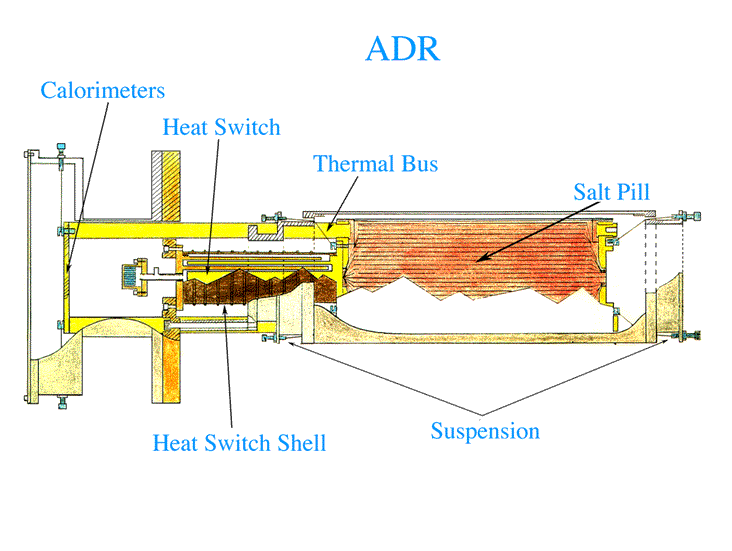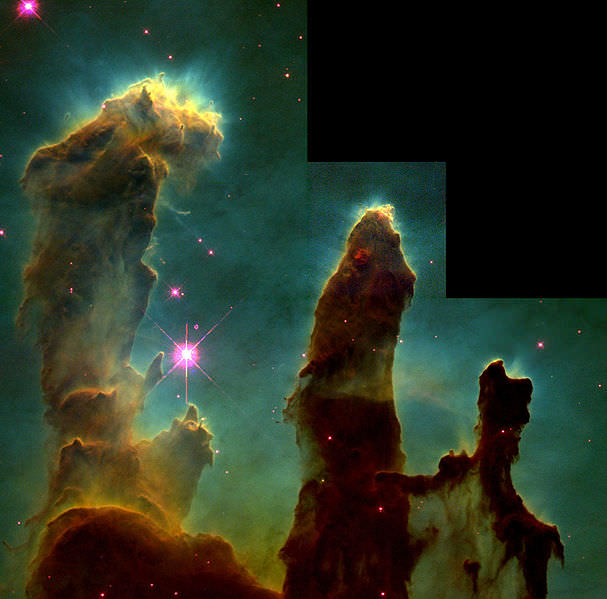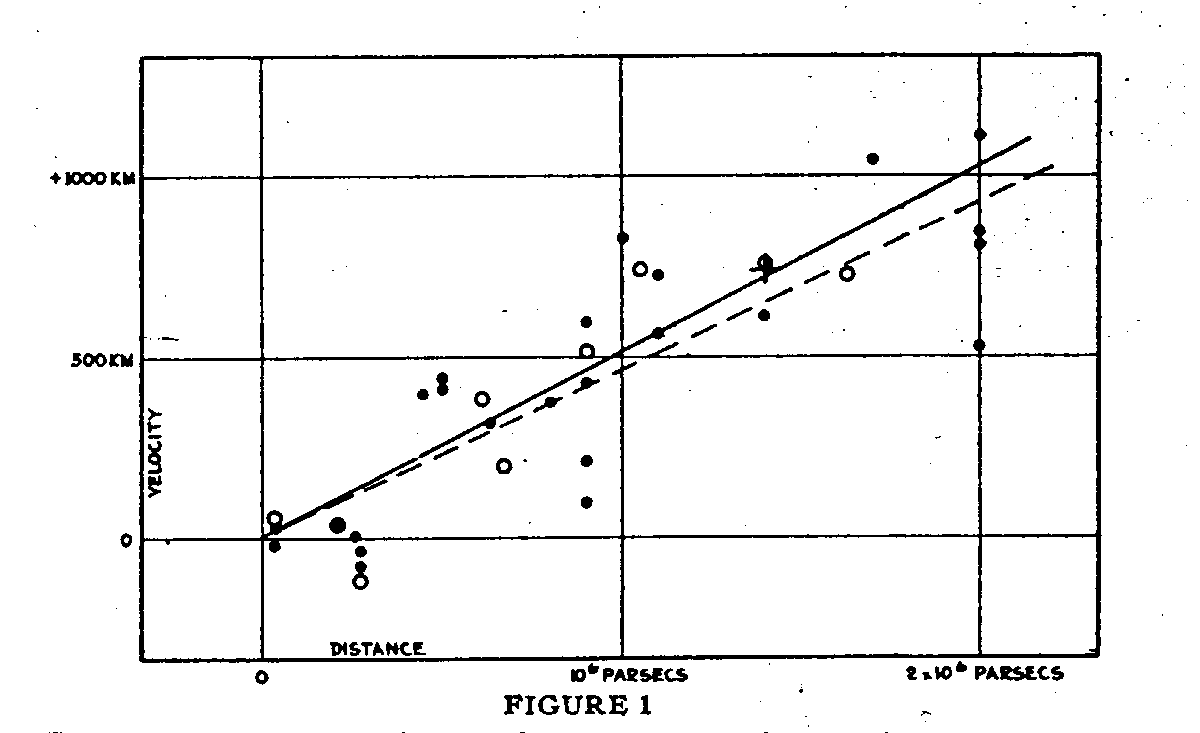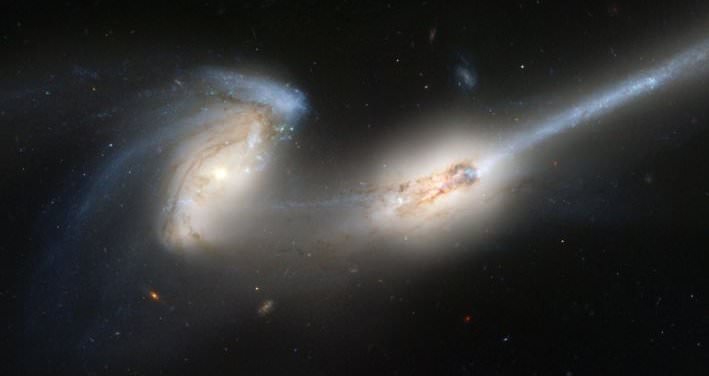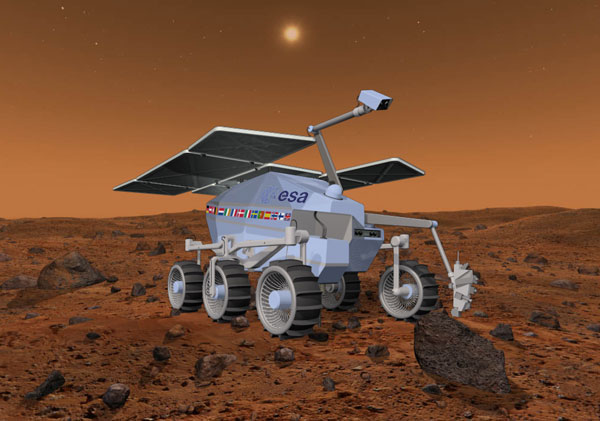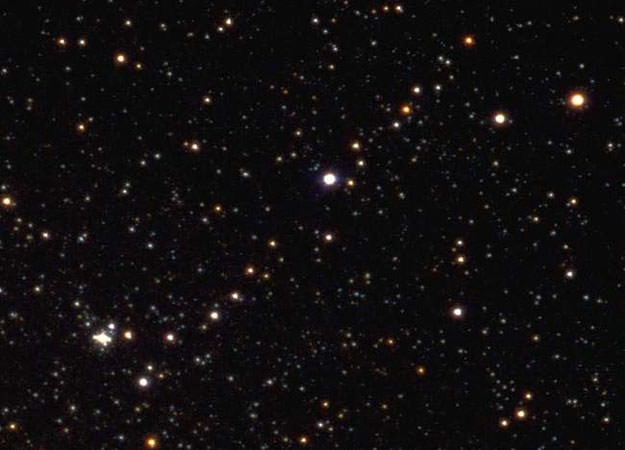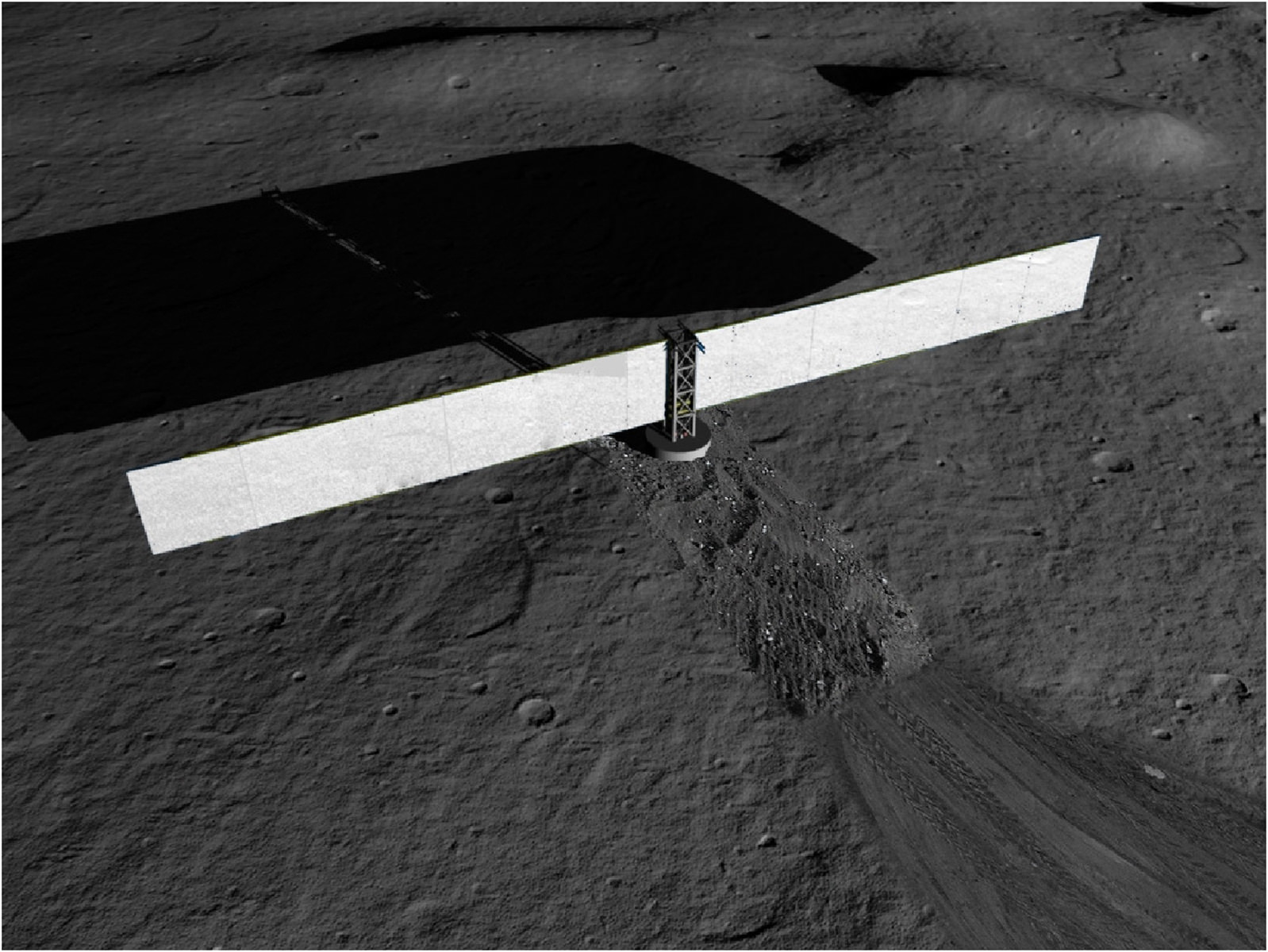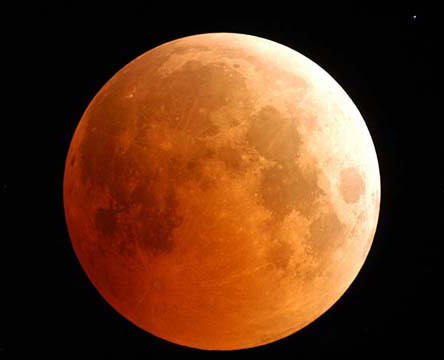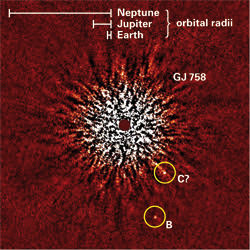If you measure temperature relative to absolute zero, the temperature is an absolute temperature; absolute zero is 0.
The most widely used absolute temperature scale is the Kelvin, symbolized with a capital K, which uses Celsius-scaled degrees (there’s another one, the Rankine, which is related to the Fahrenheit scale). We write temperatures in kelvins without the degree symbol; absolute zero is 0 K.
Another name for absolute temperature is thermodynamic temperature. Why? Because absolute temperate is directly related to thermodynamics; in fact it is the Zeroth Law of Thermodynamics that leads to a (formal) definition of (thermodynamic) temperature.
Roughly speaking, the temperature of an object (or similar, like the gas in a balloon) measures the kinetic energy of the particles (atoms, molecules, etc) of the matter it’s made up of … in an average sense, and macroscopically. Note that blobs of matter have far more energy than just the kinetic energy of the atoms in the blob – there’s the energy that holds the atoms together in molecules (if there are any), the binding energy of the nuclei (unless the blog is pure hydrogen, with no deuterium), and so on; none of these energies are counted in the blob’s temperature.
You might think that at absolute zero a substance would be in its lowest possible energy state, especially if it is a pure compound (or isotopically pure element). Well, it isn’t quite that simple … leaving aside zero point energy (something quite counter-intuitive, from quantum mechanics), there’s the fact that many solids have several different, stable crystal structures (even at 0 K), but only one with minimal energy. Then there’s helium, which is a liquid at 0 K (the solid phase of a substance has a lower energy than the corresponding liquid phase), unless under pressure.
The Kelvin is one of the International System of Units (SI) base units (there are seven of these), and is defined with reference to the triple point of water (“The kelvin, unit of thermodynamic temperature, is the fraction 1/273.16 of the thermodynamic temperature of the triple point of water” is the 1967/8 definition; the current one – adopted in 2005 – expands on this to take account of isotropic variations).
Why is it called the Kelvin? Because William Thompson – Lord Kelvin – was the first to describe an absolute temperature scale, in a paper he wrote in 1848; he also estimated absolute zero was -273o C.
Project Skymath has a nice introduction to absolute temperature.
Some Universe Today material you may find interesting: Absolute Zero, Coldest Temperature Ever Created, and Planck First Light.
Sources: Wikipedia, Hyperphysics

